University life is all about learning, growing, and exploring new opportunities. Dropshipping has become a popular topic among students because it’s a low-risk way to dive into entrepreneurship. You don’t need to stock products or manage a warehouse—your supplier handles all of that.
What’s even better? Dropshipping aligns perfectly with the skills you’re already developing. Whether it’s through marketing courses or online business resources, you’re gaining the knowledge you need to succeed. And if you ever feel stuck, there’s a wealth of resources available—dropshipping blogs, video tutorials, and even problem-solving essay examples—to guide you along the way.
Of course, like any business, dropshipping requires some groundwork. You’ll need to research the right products and suppliers, analyze your competitors, and figure out how to balance your academic responsibilities with your entrepreneurial goals. But don’t worry—I’ve got some tips to help you get started.
How to Start Dropshipping as a Student
Starting a dropshipping business doesn’t have to be overwhelming. Here’s a simple way to begin:
👉 Learn How to Start a Business With No Ideas
You can even start with a free AI-powered Shopify store, automated suppliers, and winning products. Plus, there are free dropshipping courses to guide you every step of the way. And here’s the best part: if you don’t make at least one sale, you’ll get $50 for your time. Talk about a risk-free opportunity!
Ready to build your free store? Let’s dive deeper.
Finding the Right Niche
One of the most important steps in dropshipping is finding the right niche. A niche is a specific segment of the market that caters to a particular group of people. For students, this could mean targeting products that resonate with your college community.
But how do you find a niche that’s not oversaturated yet still has enough demand? Here are some tools to help:
- Meta Audience Insights – Discover trends and niche markets.
- Google Keyword Planner – Find out how many people are searching for specific keywords each month.
- Google Trends – Analyze search trends over time to identify rising interests.
- Amazon Movers and Shakers – Get inspiration from best-selling products.
Here’s how I approach it:
- Use Google Trends: I start by checking product demand over time. For example, if I’m considering dropshipping candles, I’ll search for related keywords to see if there’s consistent interest.
- Dig Deeper with Semrush: I analyze keyword difficulty to gauge competition. If the difficulty is low, it’s a good sign that the niche isn’t oversaturated.
- Leverage Product Research Tools: Tools like Minea help me evaluate sales, profitability, customer engagement, and supplier options.
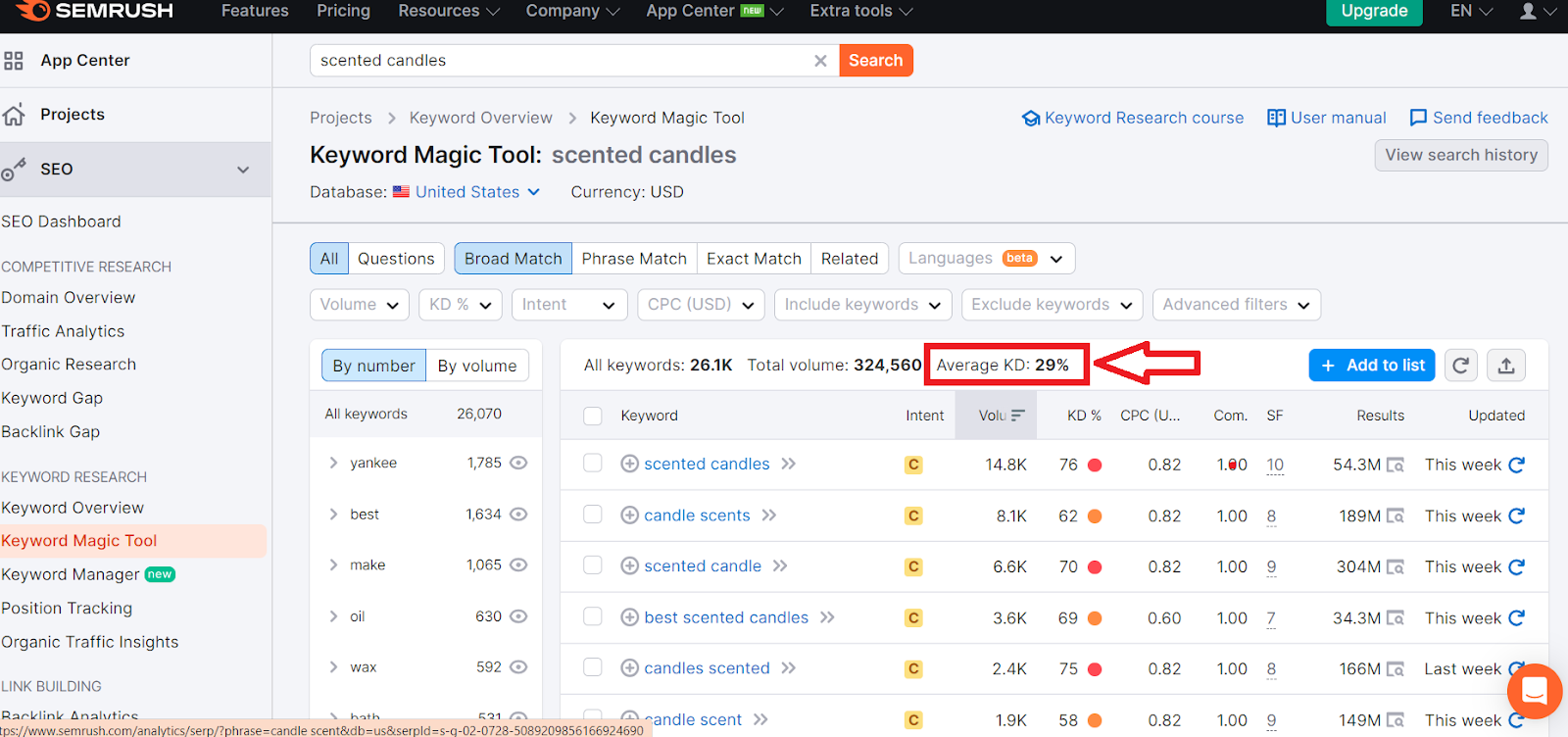
Pro Tip: Shoppers are often less price-sensitive when it comes to accessories compared to original products. This means you can add a higher markup and boost your profit margins. For instance, mountain bikers might splurge on lightweight accessories to enhance their bike’s performance.
The Power of Competitor Research
Competitor research is your secret weapon. It helps you validate your ideas, identify gaps in the market, and refine your strategy. Here’s what to look for:
- Ads: Are your competitors running ads? If so, are they effective? You might spot opportunities to create better ones using Facebook Ad Library.
- Pricing: Check their prices and see if you can offer better value using AliExpress for cost comparisons.
- Sales Funnel: Can you improve their upsell or cross-sell strategies? Tools like ClickFunnels can help you build high-converting sales pages.
- Shipping Times: If your supplier offers faster shipping, that could be a competitive advantage. Use CJ Dropshipping for quicker delivery options.
I personally use tools like SpyFu to monitor competitors’ keyword performance and analyze their PPC campaigns. It’s a goldmine of insights! Another favorite of mine is ShopHunter, which tracks competitor sales and provides valuable data for product research.
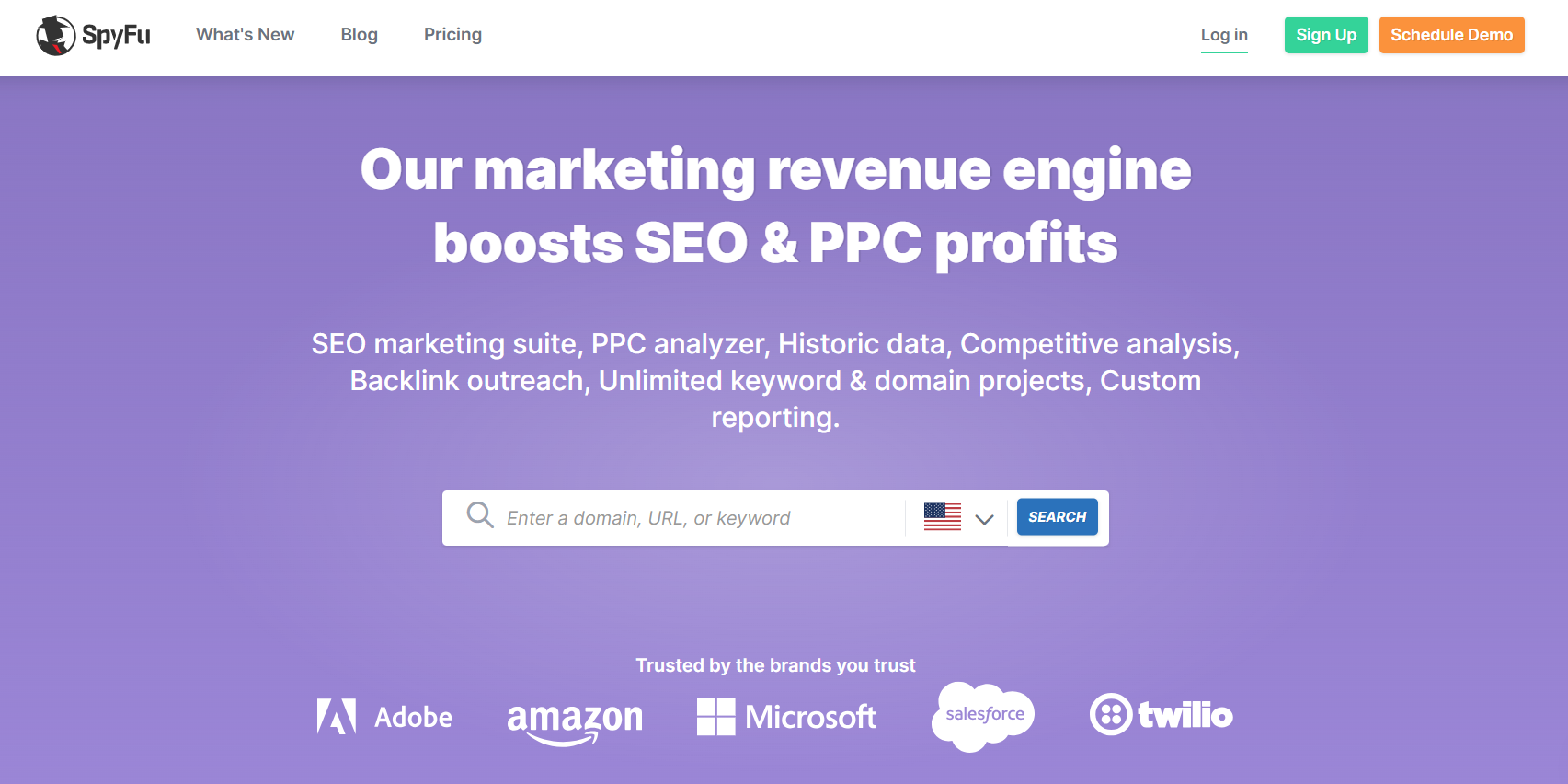
And then there’s ImportYeti—a tool that takes competitor research to the next level. It lets you uncover your competitors’ suppliers, giving you a behind-the-scenes look at their operations.
Find a Reliable Supplier
When it comes to dropshipping for students, your supplier can make or break your business. Think of them as your behind-the-scenes partner—they handle the products, but their reliability directly impacts your reputation. That’s why finding the right supplier is one of the most critical steps in your dropshipping journey.
Learning about dropshipping is an ongoing process, and supplier research is a big part of it. You’ll want to work with someone who offers quality products at reasonable prices and delivers on time. Some popular wholesale suppliers you might consider include Alibaba, Oberlo, AliExpress, and SaleHoo.
Did you know Oberlo holds a 31.5% market share? It’s a great platform to start with, but don’t stop there. Reach out to multiple suppliers—not all of them will respond, so casting a wide net is key.
Personally, I rely on the Dropshipping.com Supplier Directory. With over 2,000 suppliers, it’s a treasure trove of options. You can filter suppliers by category, niche, shipping costs, location, and more. Plus, you’ll get detailed insights into product costs, minimum order quantities (MOQs), processing times, and other essential details.
But how do you choose the right supplier? Here’s what to look for:
1. Product Quality
Quality matters—a lot. While ordering product samples might cost you a bit upfront, it’s worth it to ensure the items meet your standards. A good product should:
- Function as intended.
- Be free of defects like dents or scratches.
- Come in proper packaging.
Remember, it’s better to sell one high-quality product than dozens of subpar ones. Once you’re satisfied with the quality, you can dig deeper. For instance, does the supplier offer custom branding? This could be a game-changer for your business.
2. Shipping Standards
In today’s fast-paced world, customers expect quick delivery. If your supplier takes weeks to ship, you’ll lose out to competitors with faster turnaround times. Look for suppliers who:
- Offer reasonable shipping timeframes.
- Provide shipment tracking.
- Ensure packages are securely delivered.
Pro Tip: If your customers are in the U.S., try to find a supplier with a warehouse in the same country. This can significantly reduce shipping times and costs.
3. Location of the Warehouse
Speaking of location, this is a crucial factor. If your supplier’s warehouse is halfway across the globe, shipping delays are almost guaranteed. Many suppliers have multiple warehouses, so choose one that’s closer to your target market. For example, if most of your customers are in Europe, a supplier with a European warehouse is ideal.
4. Prices
As a dropshipper, you’re competing with countless other retailers. Pricing plays a huge role in attracting customers, so you’ll want a supplier who offers competitive rates. Don’t forget to ask about discounts or bulk pricing—every dollar saved adds to your profit margin.
5. Minimum Orders and Return Policies
Before committing to a supplier, clarify their minimum order quantities (MOQs) and return policies. What happens if they send the wrong item, or if a product arrives damaged? In the eyes of your customers, you’re responsible for resolving these issues. If your supplier doesn’t accept returns or offer refunds, you’ll have to cover the costs yourself.
Build Your Online Store
Now that you’ve got your supplier sorted, it’s time to create your online store. Dropshipping is an e-commerce retail model, so your store is your virtual shopfront. Platforms like Shopify make this process incredibly easy, even for beginners.
Shopify is an all-in-one solution that helps you start, run, and grow your online store. With over 5.17 million live stores as of January 2025, it’s a trusted platform for entrepreneurs worldwide. Here’s why it’s so popular:
- User-friendly interface: Even if you’re not tech-savvy, Shopify’s drag-and-drop editor makes customization a breeze.
- Beautiful themes: Choose from a wide range of free and paid themes that suit your niche.
- Dropshipping integrations: Seamlessly connect with apps that automate your supply chain.
When designing your store, keep it clean and uncluttered. Your landing page is your first impression, so make it count. Highlight testimonials, product features, and high-quality images that help customers visualize using your products.
Market Your Online Store
Once your store is up and running, it’s time to attract customers. There are two main ways to market your store: organically or through paid ads.
Organic Marketing
- Content Creation: Start a blog or create engaging social media posts that resonate with your audience.
- Influencer Collaborations: Partner with social media influencers to drive traffic to your store.
- Social Media: Platforms like Instagram, Facebook, and Pinterest are goldmines for reaching your target audience. Did you know dropshipping stores with at least one social media account generate 32% higher revenue?
Paid Ads
While organic marketing takes time, paid ads can accelerate your growth. Don’t be afraid to invest in platforms like Facebook Ads, where you can target audiences based on demographics, interests, and behaviors.
Provide Excellent Customer Service
Last but certainly not least, customer service is the backbone of any successful dropshipping business. Here’s how to keep your customers happy:
- Respond Quickly: Don’t let more than 24 hours pass before replying to customer inquiries.
- Set Clear Expectations: Use an FAQ page to inform customers about shipping times, return policies, and more.
- Be Transparent: If there’s a delay or issue, communicate honestly and provide timely updates.
- Use Tools: Chatbots like Tidio can help you answer customer questions instantly, while tools like ChatGPT can assist in creating detailed FAQ sections.
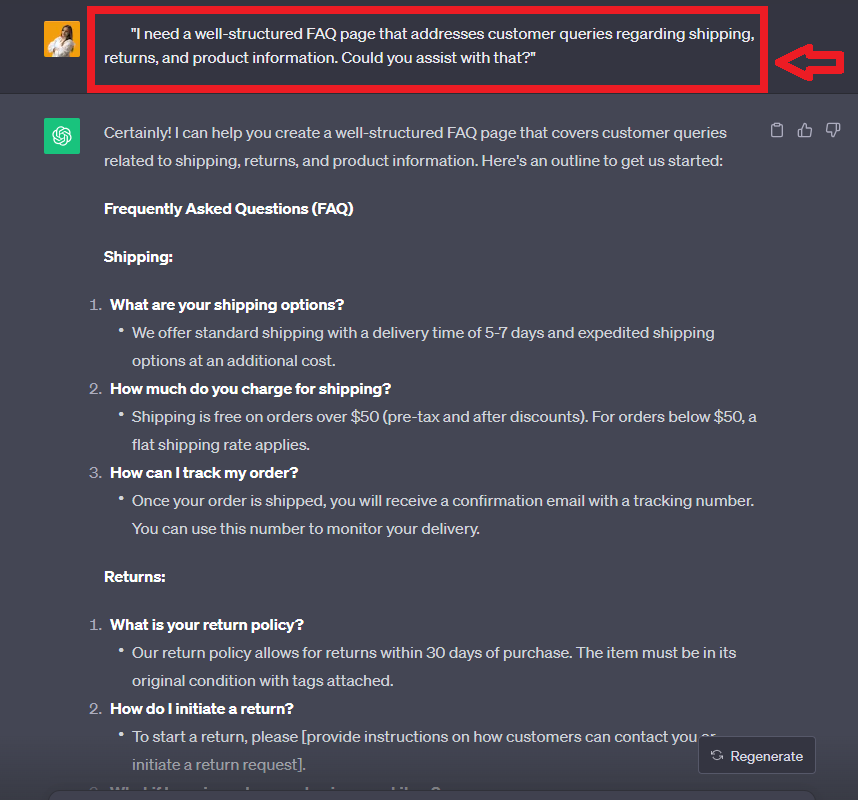
Ask for Customer Feedback
Let’s face it—potential customers want to know what others think before they hit the “buy” button. Reviews and testimonials are like gold for your dropshipping business. They provide social proof, build trust, and can significantly influence purchasing decisions.
Here’s a simple truth: customers listen to other customers. Think about it—when you shop on Amazon, what’s the first thing you do after checking out the product photos and description? You scroll straight to the reviews, right? Those honest opinions from real buyers can make or break a sale.
So, how do you get more reviews? Try incentivizing your customers. Offer a small discount, a free sample, or loyalty points in exchange for their feedback. Not only will this encourage them to leave a review, but it’ll also help you gather valuable insights to improve your business.
And here’s a pro tip: use those glowing reviews as testimonial ads. Take a page out of Startup Institute’s playbook—they turn customer feedback into “love letters” that showcase their credibility and build trust with new customers.
Monitor and Optimize
Running a successful dropshipping business isn’t a “set it and forget it” kind of deal. It’s an ongoing process of monitoring, analyzing, and optimizing. Think of it like tending to a garden—you need to nurture it regularly to see it flourish.
Here’s how to stay on top of your game:
- Track Performance: Use tools to monitor your store’s performance. Are your sales funnels working? Are your product videos engaging? Data is your best friend here.
- Test New Products: The market is always evolving, so you should be too. Continuously test new products to see what resonates with your audience.
- A/B Testing: Experiment with different elements of your store to see what works best. For example, try tweaking your product descriptions, images, or pricing to see what drives more conversions.
Let’s break it down with an example:
A/B Testing for Your Dropshipping Products
Scenario: You’re selling a smartwatch and want to optimize your product page.
- Control Group (A): Keep the original product description.
- Variation Group (B): Create a new description highlighting additional features and adding customer testimonials.
Results:
- Group A: Conversion Rate = 3%
- Group B: Conversion Rate = 5%
The new description in Group B led to a higher conversion rate, so you’d update your live site accordingly. Remember, A/B testing is an ongoing process—keep experimenting to find what works best.
Challenges You May Encounter
Let’s be real—dropshipping isn’t without its challenges. The competition is fierce, and standing out requires hard work and strategy. Here are some common hurdles you might face:
- Finding the Right Products: If your products aren’t solving a real problem or meeting a need, sales will be tough. Always ask yourself: Does this product genuinely add value?
- Testing and Learning: Setting up and running your store involves a lot of trial and error. Be prepared to test different elements—from product descriptions to pricing—to find what works.
- Supplier Communication: Since you don’t control storage and shipping, maintaining good communication with your supplier is crucial. Tools like AutoDS can help you track inventory, orders, and shipping seamlessly.
- Pricing Dilemmas: Setting the right price is a balancing act. Too high, and you’ll scare customers away. Too low, and your profit margins will suffer. Research your competitors and find a sweet spot.
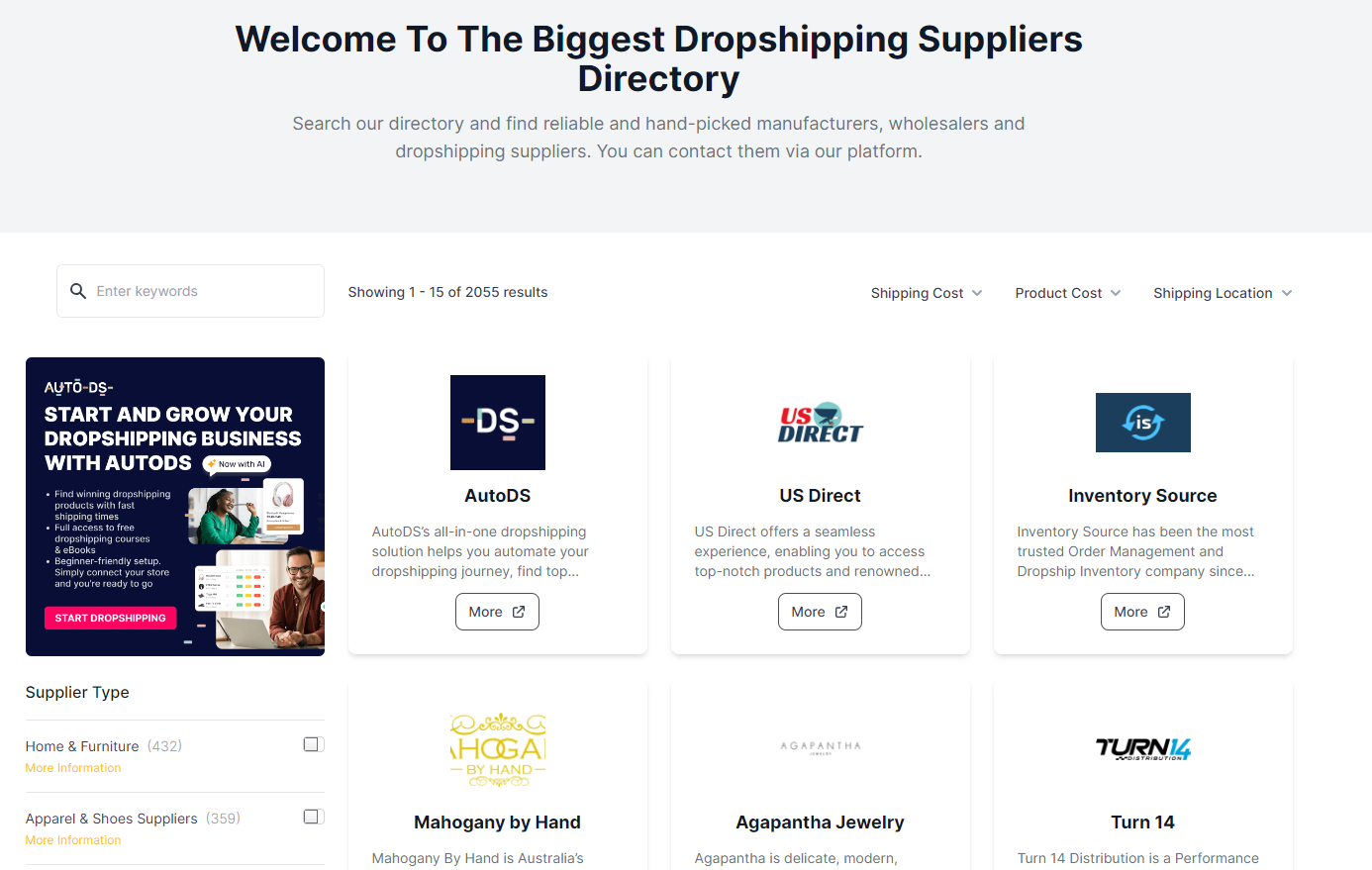
Building Trust and Loyalty
If you want your dropshipping business to thrive in the long run, you need to earn your customers’ trust and loyalty. Here’s how to do it:
- Create a Strong Brand Identity: Your brand should resonate with your audience. Think about what makes you unique and communicate that through your store’s design, messaging, and values.
- Offer Value-Added Services: Discounts, coupons, and rewards programs can go a long way in keeping customers coming back. Tools like Discounty make it easy to manage discounts and boost customer loyalty.
- Engage with Your Audience: Stay connected through social media, email newsletters, and personalized communication. For example, Firepush is a fantastic tool for automating email updates about payments, orders, and deliveries.
- Reward Loyalty: Show appreciation for repeat customers and referrals. Personalized communication can make them feel valued and encourage them to keep supporting your business.
Conclusion
Dropshipping for students is more than just a business idea—it’s an opportunity to learn, grow, and build something meaningful while balancing your academic responsibilities. With minimal upfront costs and no need for a physical store, it’s a low-risk way to dive into entrepreneurship.
The key to success? Focus on finding the right products, building strong relationships with reliable suppliers, and providing exceptional customer service. Offer quality products at reasonable prices, and make sure your customers feel valued.
Remember, every challenge you face is a chance to learn and improve. Whether it’s optimizing your store, testing new strategies, or building trust with your audience, the effort you put in today will pay off tomorrow.
So, are you ready to take the leap and start your dropshipping journey? The possibilities are endless—and so is your potential.


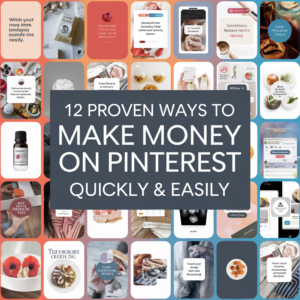


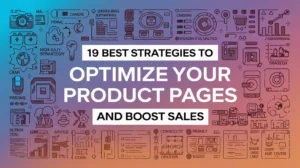




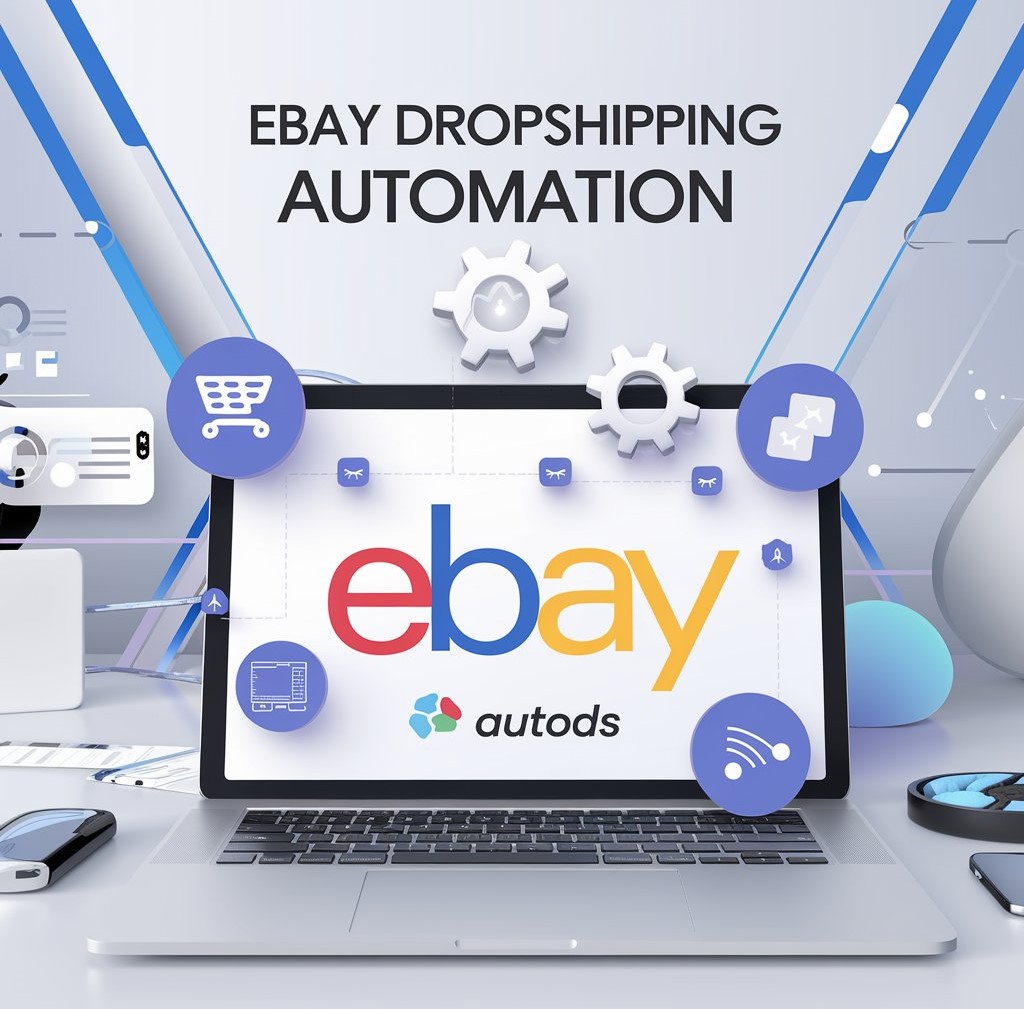
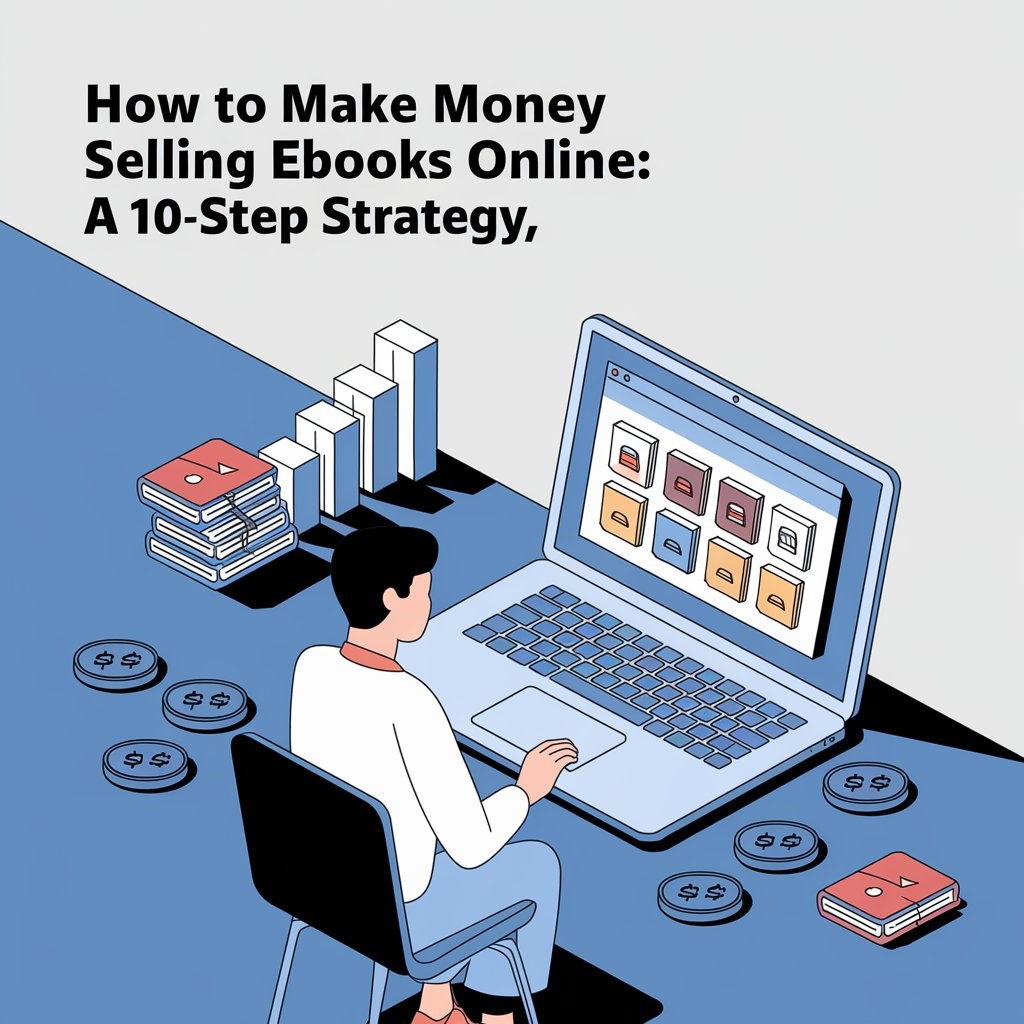
Recent Comments